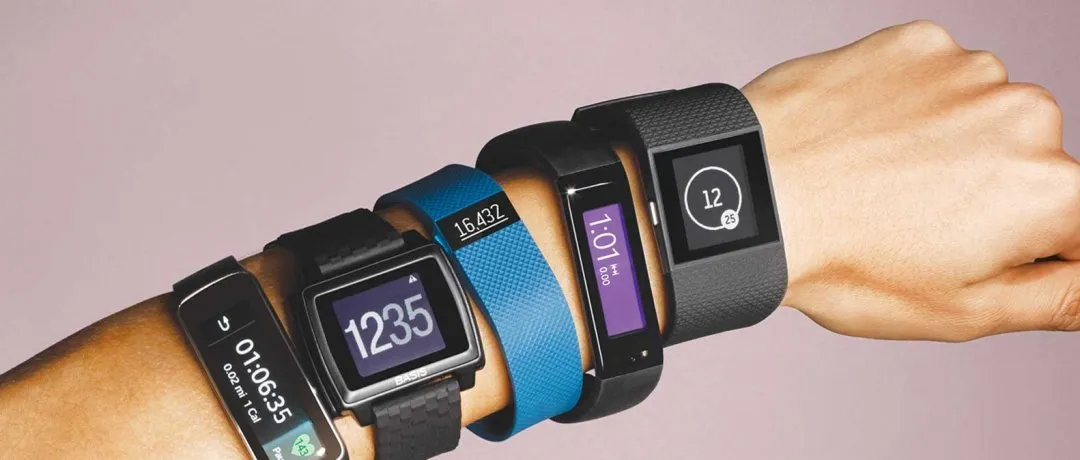
Over the last few years, triumphant gadgets across the globe SmartWatch, tablet-computer accessories, smartwatch, smart-glass, smart-shoe products are gradually adding to the list of mainstream technology products. Even in the current market smart-jewelry is also found. But by saying that these wearable gadgets are the most used product fitness band or fitness tracker! Regardless of whether the health is conscious or just for fashion, in addition to Apple, Microsoft, Samsung, Hawaii, to build fitness bands, the world's biggest technology companies are increasingly being understood, the demand is increasing day by day to almost all people around the world. But do users know, how does fitness bands or fitness tracker work? How does the user walk each step, measure the amount of sleep, heart rate? How does the temperature of the body measure the difference between the temperature of the environment and recommend the appropriate temperature to the user? How do you know about almost all types of activities and help the user with health message? The whole article today is the answer to these questions!
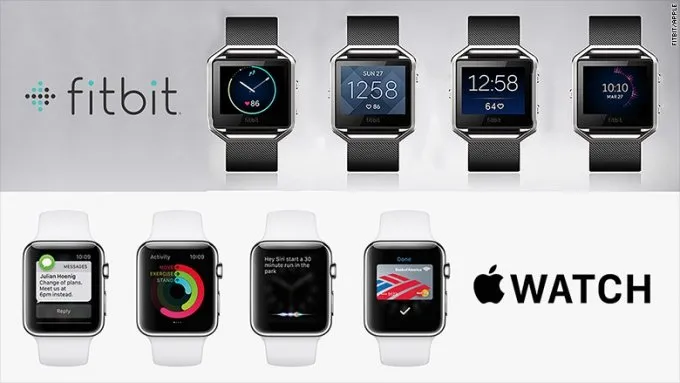
Fitbit and Apple Watch- Two fitness trackers placed at the top; Image Source: fijione.tv
First, let's start by talking about what is a functioning part of a band that looks like a bracelet or watch.
A fitness band is rich in five layers. Sensing Layer, Mac Layer, Network Layer, Processing and Storage Layer and Service Layer. Let's talk about a little more detail about the layers!
Sensing Layer: This layer is largely rich in sensors, which work on a wide area network (WAN); It collects information about walking activities, including heart rate, temperature; For example, to deliver information to the server through GSM, GPRS or LTE.
MAC Layer: This layer is mainly used for monitoring, controlling, quality of service and power management.
Network Layer: This layer transmits information through routing, addressing, from the main band to other devices via IPV6.
Processing and Storage Layer: This layer also performs the task of protecting the database with the data stored in the database from the sensing layer.
Service Layer: This layer provides various mobile applications for data processing through process analysis.
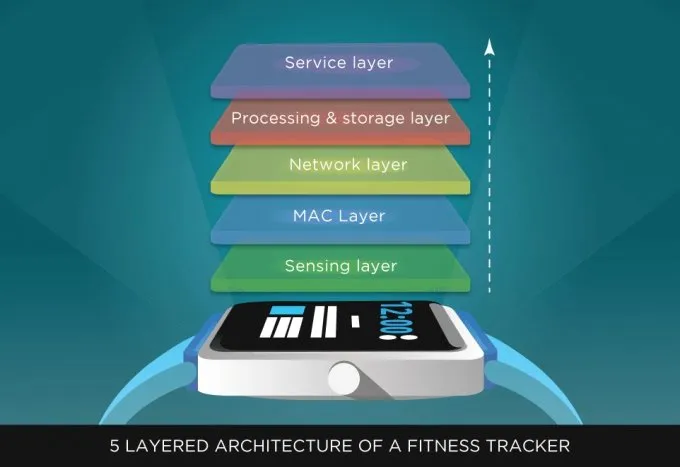
Image Source: hackerearth.com
Although the fitness structure of each fitness band is the same, the differentiation of the sensing layer separates one from the other. However, the sensors used on one device are different from the sensors used on other devices, but they are the same, the way they work is the same. Let's now know how to collect information about the sensors.
Accelerometer
The most basic and common sensor of Fitness Band is the Accelerometer. Although it is used for various purposes, it works as a tracker on Fitbonds. It is usually used to measure the user's walking step. Acceleration, vibration, orientation; That is, depending on whether the device is vertically or horizontally, it can determine the position of the user, the speed.
Different types of the accelerometer are used in the devices. There is a different, stronger, sensitive and differentiating between them. Typically two-axis is used in accelerometer sensor devices. The three-sided sensors can locate the three-dimensional position. To improve the accuracy of fitness trackers, companies are using day-to-day optimally and more efficient accelerometer sensor in Fitbands.
GPS
Currently, GPS or global positioning system is used in almost daily work. The use of this technology is unique in order to find out the position and direction of any person, including objects. Although the usage of GPS in Fitbands is not fully started, its use is increasing day by day. This technique is better than normal acesselrometer sensor technology to measure sports and physical activity like walking, running, cycling and more accurately. Moreover, users easily help GPS to identify their location, which is quite important in mountain running, cycling, biking, trekking and hiking
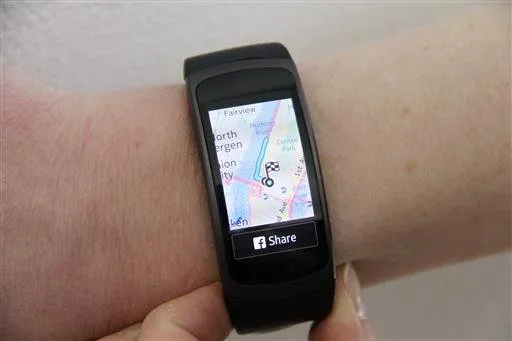
Fit2 Band GPS Tracker App; Image Source: phys.org
Even though GPS technology is very old, compared to other sensors, it is still more likely to be consuming more battery than it used to be. However, day-to-day technology is making companies more efficient and usable.
Galvanic Skin Response (GSR) Sensor
GSR sensors mainly measure the electrical connections of the skin. When the body is sweating due to internal or external force application, excessive physical activity, or tension, the skin becomes more conductive than the initial conditions. And the sensor in the fitness band measures the same and helps in determining the quantity and intensity of physical exposure to fit bands in combination with the information collected by other sensors so that users can easily report the disturbances they have encountered. In the future, technology experts believe that stress, phobia, post-trauma stress disorder, will help the anxious patients. The GSR sensor will play an important role, especially in IoT-rich medical applications.
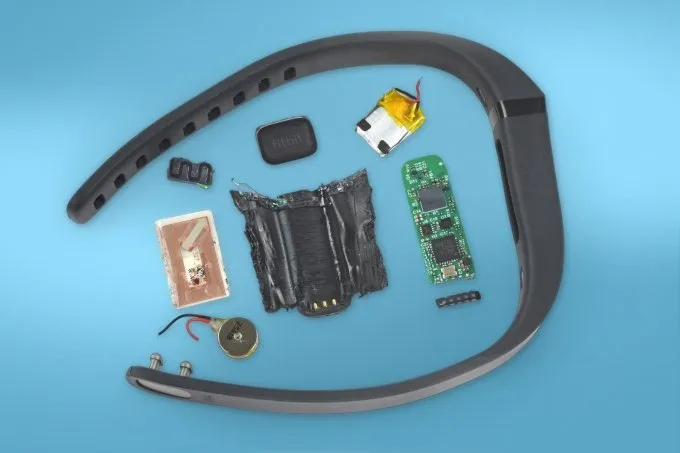
Fitbit Flex's inner part of the fitness band; Image Source: iFixit
Optical Heart Rate Monitor (OHRM)
Fitness bands use a method called photoplethysmography to measure heart rate. Simply put, photomethalmography is a type of optical method, which is used to detect changes in the volume of blood peripheral circulation. In this method, the IR radiation on the skin from the fitness band emerges. The ray muscle, the skin pigment, the vein and the arterial blood, after being immersed, it bounces back again. IR ray sharpness can be used to measure blood fluctuation easily when it is more submerged through blood from other surrounding tissues and can reveal them as heart rate through photo-lithography sensors.
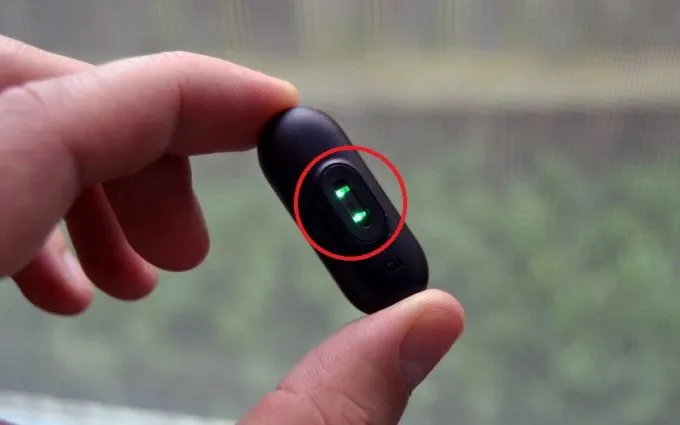
Light used in measuring the heart rate used in the Xiaomi Mi band; Image Source: androidauthority.net
Optical heart rate monitor differs depending on band values, price and other things. But in most cases, the band can measure the perfect heart rate.
Thermometer
In almost every band, the thermometer is used to calculate the temperature nowadays. This feature is very useful for athletes. Typically difficult work time to choose the best recovery time and to make a training plan, the temperature becomes necessary. This feature is very useful in this case.
UV sensors
The work of UV sensors is to measure the brightness around the user and warn against harmful radiation from the sun.
Mbit Light Sensor
We all know about the Ambient Light sensor. Turning on the Auto Brightness option on the smartphone, it is through this sensor to increase and reduce the brightness of the phone by measuring the daylight light. But in the fitness band it is used for time measurement.
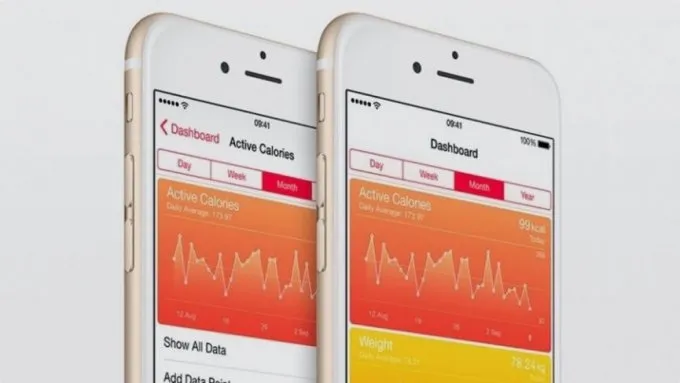
Software needs to be used to manipulate data from sensors; Image Source: wareable.com
The above sensors can only help the fitness bands with a variety of information, including user heart rate, body temperature, and various types of information. But a good software is needed to make the information accessible. And here's the difference between the different fitness bands. Almost every company's fitness band has different algorithms for the band so that the information of two bands cannot be the same. However, day-to-day companies are increasing the quality and accuracy of the software for their own interests.
Feature image: consumerreports.org